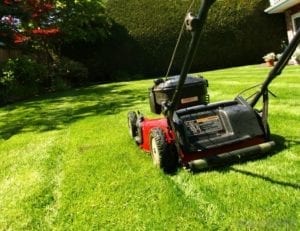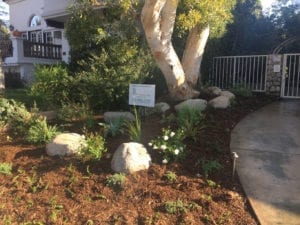Embarking on the journey of cultivating a garden in Southern California promises a tapestry of vibrant blooms, lush foliage, and the delightful challenge of harnessing the abundant sunshine. Nurturing a thriving garden in this climate demands a harmonious blend of knowledge, dedication, and a mindful approach to the unique needs of the region.
In this comprehensive guide, we’ll explore essential practices, from plant selection to sustainable gardening, ensuring your Southern California garden not only survives but thrives.

1. Choose Wisely
As you embark on your gardening venture, consider the microclimates within Southern California. Coastal areas, inland valleys, and mountain regions each have distinct climates, influencing your plant choices. Opt for a variety of plants, such as the resilient California lilac (Ceanothus) or the drought-tolerant salvia, to create a diverse and resilient garden.
2. Inspect for Health
Beyond visual inspection, conduct a thorough check of the plant’s root system before transplanting. Healthy roots are vital for a plant’s overall well-being. This meticulous approach minimizes the risk of introducing potential threats, ensuring your garden starts with a strong foundation.
3. Watering Wisdom
In the arid Southern California climate, efficient water management is paramount. Consider utilizing moisture-retaining additives in your soil and investing in a rainwater harvesting system to supplement your water supply. This strategic approach ensures your home garden receives adequate hydration, even during periods of water scarcity.
4. Soil Care
To maintain soil fertility, periodically conduct soil tests to assess nutrient levels. Supplement your soil with locally sourced compost to introduce a diverse range of beneficial microorganisms. This natural enrichment enhances the soil structure and contributes to the overall health of your garden.
5. Pruning and Maintenance
Beyond the practical aspects of pruning, see it as a form of artistry that sculpts your garden. Regular maintenance is not just about removing dead or overgrown parts; it’s a thoughtful process that shapes the aesthetic appeal of your outdoor space, creating an inviting haven for both plants and people.
6. Natural Pest Control
Embrace the role of insects like ladybugs and predatory beetles as allies in your garden. Invest time in learning about the habits of beneficial insects and how they can assist in maintaining a balanced ecosystem. By doing so, you reduce reliance on traditional pesticides, fostering a healthier environment for your plants.
7. Crop Rotation
Understanding the seasonal dynamics of your garden is crucial. Rotate your crops strategically to optimize sunlight exposure and soil fertility. Also, this thoughtful approach not only prevents diseases but also ensures that your garden remains a dynamic and ever-changing landscape.
8. Invest in Quality Tools
High-quality gardening tools are an investment in the longevity of your garden. Properly maintained tools not only make your gardening tasks more efficient but also provide a satisfying gardening experience. This attention to detail elevates your connection with the earth, turning gardening into a therapeutic pursuit.

9. Attract Pollinators
Create designated pollinator-friendly zones within your garden, planting clusters of flowers that bloom at different times. This thoughtful arrangement ensures a continuous supply of nectar, attracting and sustaining pollinators throughout the growing season. Besides, the result is not only a visually stunning garden but also a bountiful harvest.
10. Sustainable Gardening
As you embark on sustainable gardening practices, consider incorporating recycled materials into garden structures and utilizing rainwater for irrigation. These choices reduce your environmental footprint and contribute to the broader effort of fostering ecological balance within the Southern California landscape.

Caring for your plants in your Southern California garden is an intricate dance between understanding the unique climate, selecting the right plants, and adopting sustainable, mindful practices. Besides, by weaving these strategies into the fabric of your gardening routine, you’ll not only witness the resilience of your garden but also contribute to the rich tapestry of Southern California’s diverse landscapes. Happy gardening!
For further information, you can also check out A Guide to Backyard Project Costs in Orange County.







